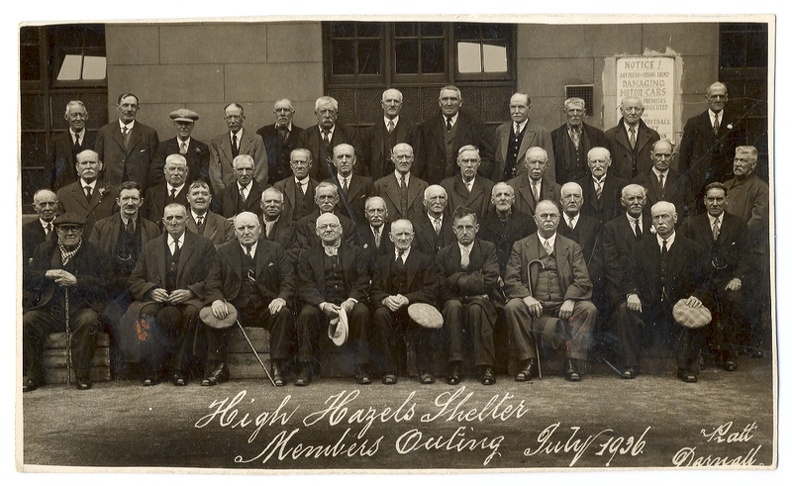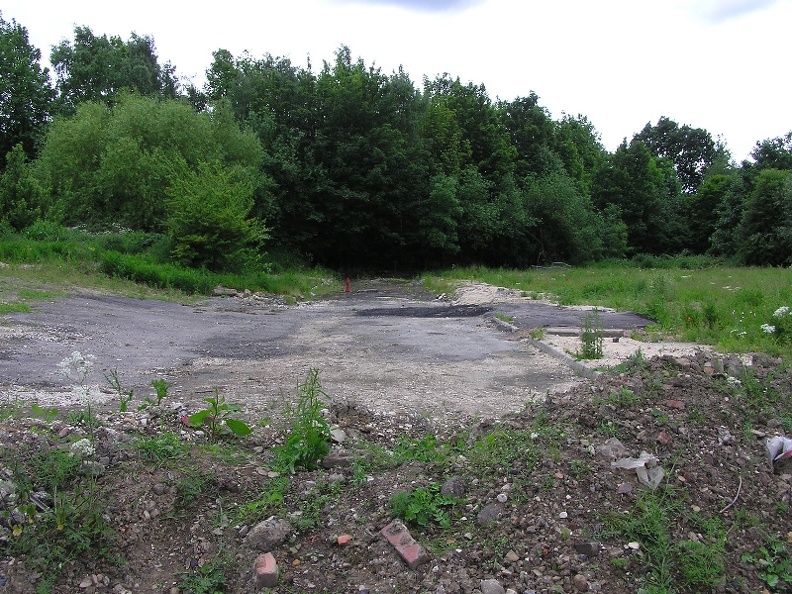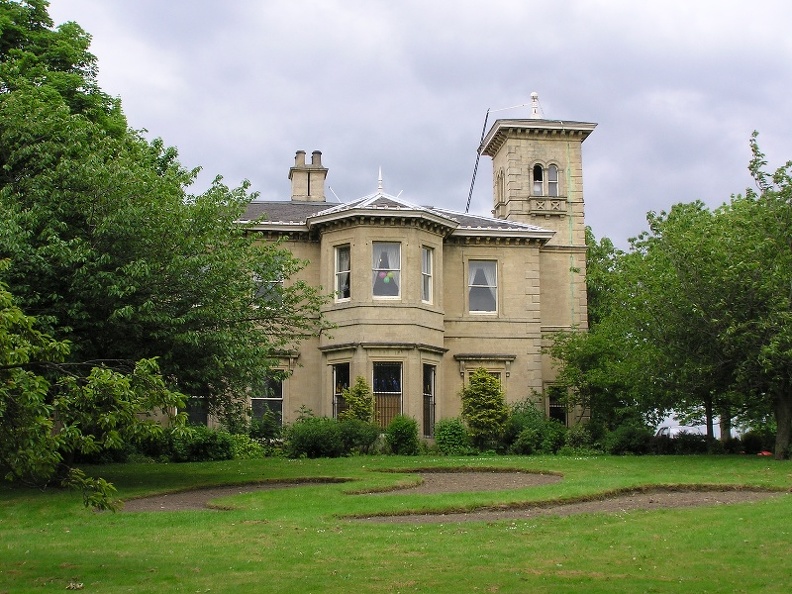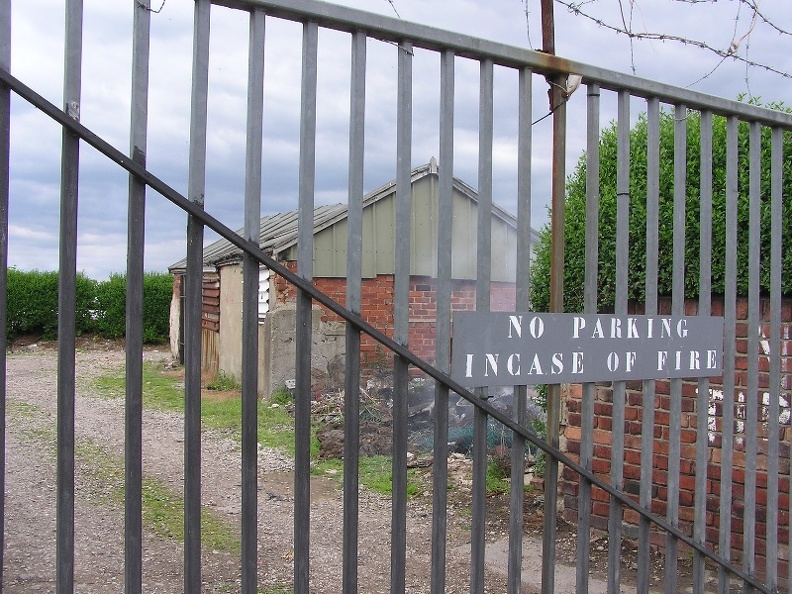High Hazels House (now a clubhouse for Tinsley Golf Club)
High Hazels Park
Handsworth, Sheffield, Yorkshire
A few weeks ago in this post I wrote about High Hazels Park and how the allotments I remember from my childhood were still in use. Well yesterday after visiting Handsworth Cemetery we parked on Senior Road at the bottom of High Hazels Park and took a brief tour of the park.
Considering this is an inner city area the park seemed to be well cared for, and many golfers seemed to be taking advantage of the golf course at the very top of the park. From this vantage point there is a wonderful view across the reclaimed open cast mine workings towards Catcliffe and Treeton.
We then went in search of the allotments. What a shock! When we saw the 'barricades' both sides of the access track we said in unison "It's just like Russia!". Irina though born in Kazakhstan lived in Russia and is a Russian national; I have travelled through Russia several times.
The Russian equivalent to the British allotment is the 'dacha'. This can be anything from a large country house to a small shed; the key feature being not the building, rather the land on which the dacha stands. This is used to grow produce in the relatively short spring and summer. Some of the produce is used immediately but a lot is preserved ready for use during the long harsh winter. Most of the dachas are located outside of the populated areas and so are prone to vandalism and theft. The Russians protect their dachas with any materials to hand, though I doubt I have seen anything as heavily fortified as the allotments at High Hazels!
As a child I remember how friendly the allotment holders were. Though I suspect there was some small amount of theft, fences and hedges were only there to provide a demarcation line between plots. These barricades take demarcation to another level.
I feel sure the building (behind the fortified gates) in this photograph was used as an office and shop: here one could order seeds and loan tools. Somewhere in my archives I have a group photograph of allotment holders circa 1936, it features my grandfather Wilfred JACKLIN 1896-1967 and others; once located I will post it for comparison.
High Hazels Allotments
Handsworth, Sheffield, Yorkshire
Updates:
2007-03-10 On this occasion my memory proved to be less than useful. Now I am not sure if the building shown in the photograph of 'High Hazels Shelter - Members Outing' is the shelter or a building they were visiting.
I still believe the building shown in the photograph is what remains of the office and shop. Perhaps a visitor to this site can provide the answer.
Related Posts:



